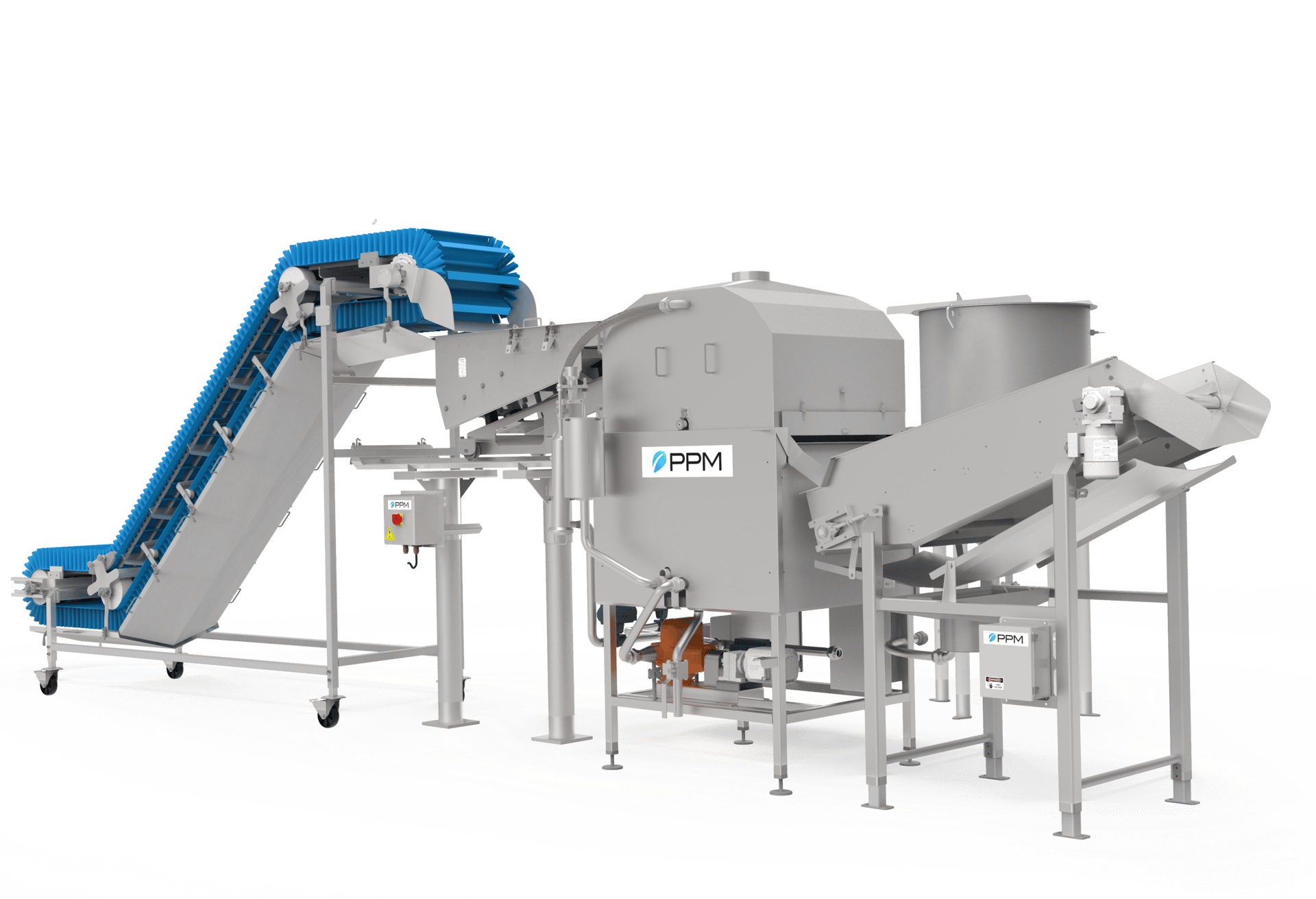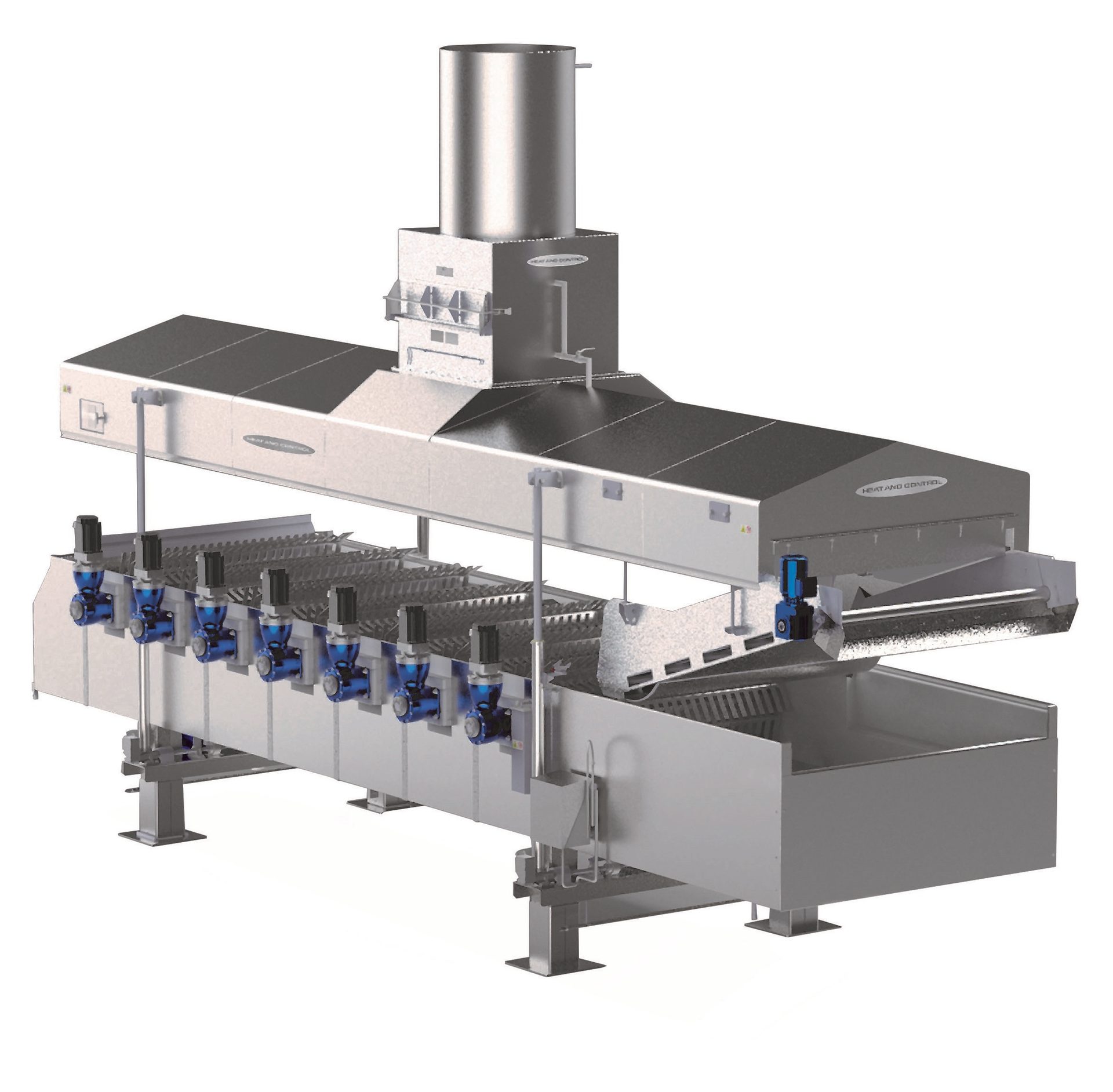tna in is various stages of developing several initiatives to boost capacity and energy efficiency, applying flow modeling to newly designed fryers aimed at improved, more consistent product quality for the customer, with fewer sorting losses post-frying, Luna says. The company focuses primarily on the snack food and potato processing industry, with applications like potato chips, french fries, nuts and corn-based snacks, he says.
Among the newer initiatives from tna is the upgraded BatchPro fryer, used to produce batch or kettle-style chips, Luna says. “The updated features include a deeper tank but the same oil volume, lower hood placement during operation, improved sediment removal system, and updated control logic allowing for better control over finished product,” he says.
As such, BatchPro addresses customer desires for improvements in oil quality, control of the frying process and higher fuel efficiency, using filters, better controls, and a high efficiency burner, Luna adds.
tna also has upgraded its conti-pro pellet fryer, used for a variety of pellet products, to incorporate a triple-belt turnover feature, Luna says. “As pellets are offered in many shapes, with new shapes arising all the time, some shapes hold pockets of oil from the frying process,” he says. “The triple-belt turnover feature ensures the pockets of oil are removed from the pellets before exiting the fryer. Since the triple belt is under the hood, the oil drips back into the frying zone. Of course, the oil volume in the frying zone is minimizing in order to provide an adequate turnover rate, usually between two to four hours.”
Overall, tna addresses customer requests for full-line process, distribution, and seasoning solutions by building fryers for many different product applications, with technology in both batch and continuous frying systems, and under atmospheric or vacuum conditions, Luna says. “At the same time, we understand that some customers prefer to deal with unit operation specialists, where we are flexible in lining up with tna-chosen partners or customer chosen solutions,” he says.





